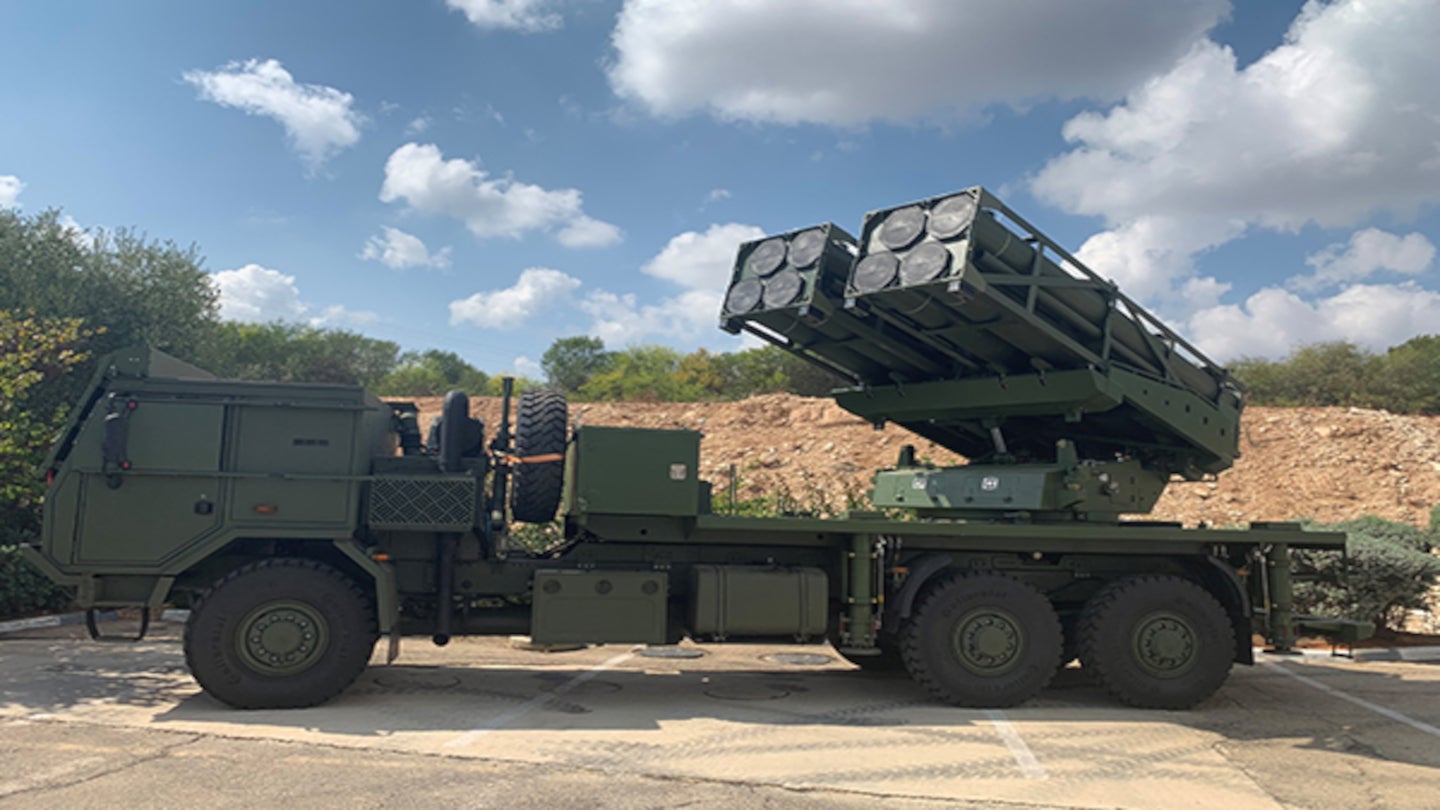Why should the LCM-8 replacement be 50m+? Larger drives up the costs of acquiring, sustainment, maintenance, fuel. The larger the vessel the less places it can go, the requirement is for a vessel that can be deployed into remote coastal regions, deploy up into river systems, operate in fairly shallow water. The Army wants a one for one replacement for the LCM-8 but with superior open ocean, crew facilities, better endurance, better speed, not something in an altogether different class of Landing Craft.
Fair questions.
My take is that I would doubt there would be a great difference in cost and manning between something in the 35 to 40m size which most of the LAND 8710 Phase 1A contenders are and something with an extra 10 plus meters in length.
Such a vessel would still have a lot of the desired Littoral flexibility and yet have a significantly greater load space for cargo.
The ships beam would be marginally wider providing greater load flexibility than the images of the existing contender designs.
Further more stability and range should be significantly improved.
I think we are too much of a LCM8 mindset of just transporting one of two vehicles from A to B.
While the current contenders will no doubt have significantly longer legs than their old predecessor they really don't appear to be able to carry many vehicles.
Seems to me a lot of money to expend for not a great deal in return.
To be fair the data is somewhat limited in the public space, but from what is available, I gathering we may just end up getting a craft that is deficient in load carrying capacity, that has legs to short for realistic Australian sized coastal endeavour, yet alone contributing to off shore operations.
Something that bit larger in the size of the old US Runnymede Class. would be my preferred solution.
Then something larger again for the Landing Craft Heavy Solution.
Just my opinion
Cheers S

